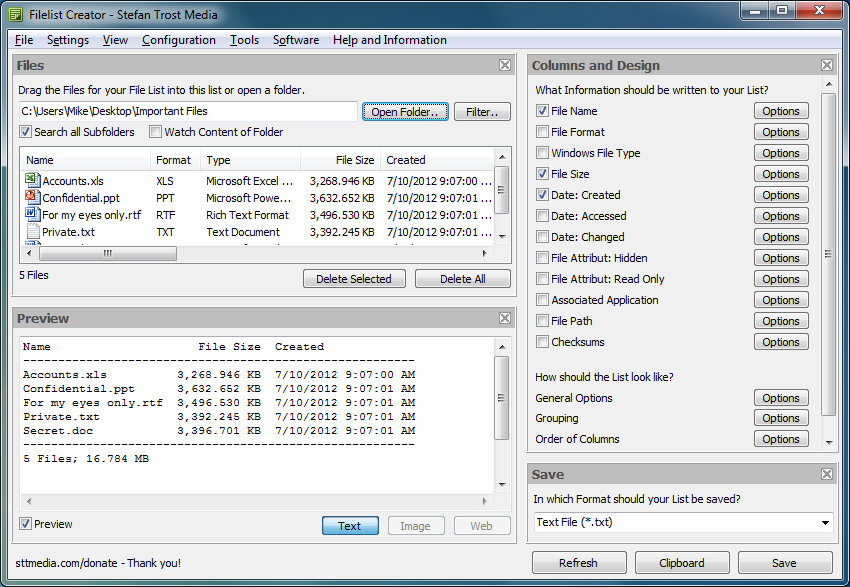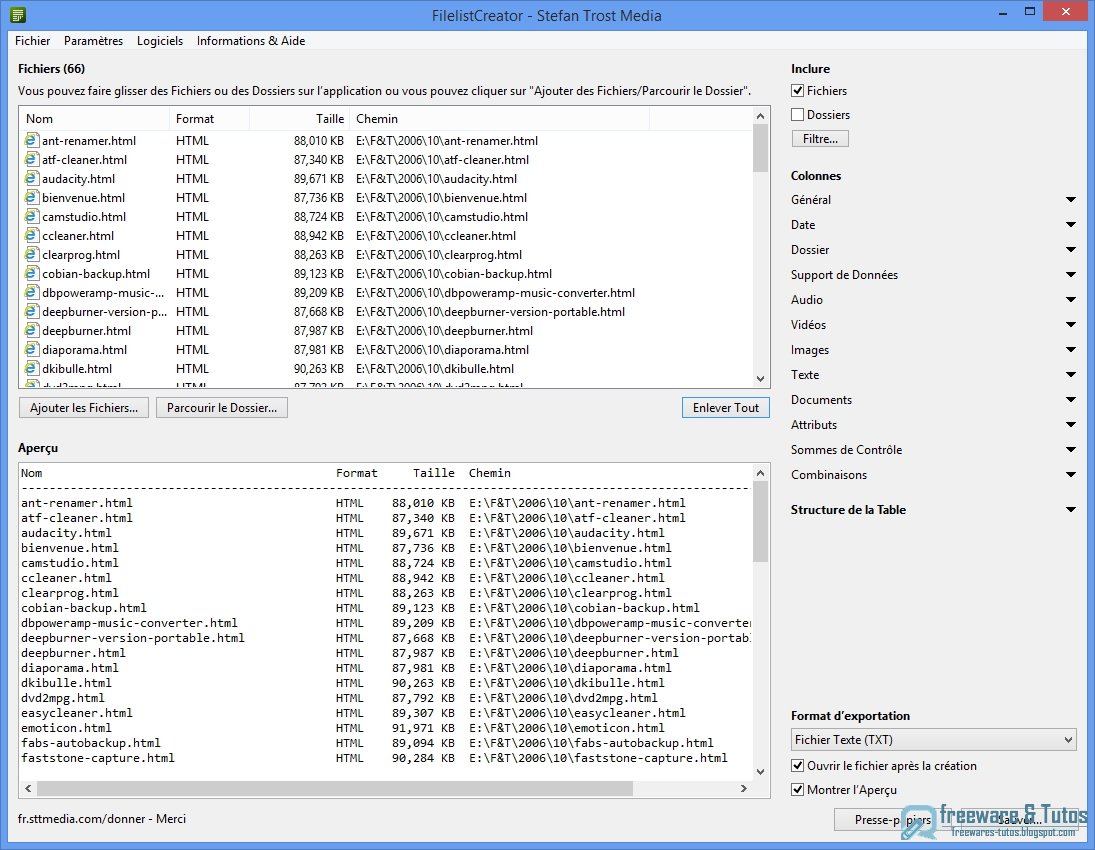

You can verify that in the log as you will find "Heartbeat Will be Sent in x Days" entries there.

Heartbeat Telemetry data is not sent out each day according to the log, but only every five or six days. You may also hit F3 to open the search to jump to the first Heartbeat entry in the log. Scroll down to the last entries and check for Heartbeat Telemetry there. Open File Explorer or Windows Explorer on your Windows machine, and load the following by pasting it in the address bar and hitting the Enter-key: C:\Windows\debug\mrt.log The easiest way to check that is to load the MRT log. How to disable Heartbeat Telemetryįirst thing you may want to do is check whether the installed copy of the Windows Malicious Software Removal Toll (MRT) sents Heartbeat telemetry reports. On Windows 10, the Heartbeat report gets sent out to Microsoft even if you have disabled the Customer Experience Program and the majority of other telemetry related services or tasks, and made sure to set all privacy related settings to maximum privacy. These reports are not linked to any of the major telemetry services or tasks that you may or may not have disabled on your machine.


 0 kommentar(er)
0 kommentar(er)
